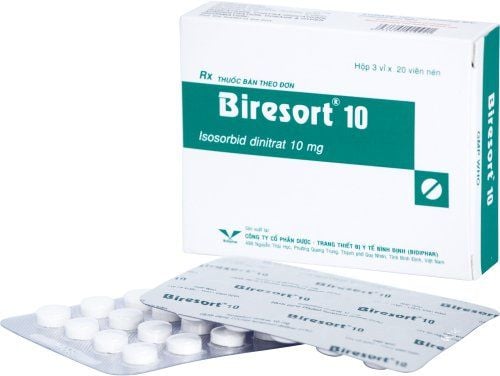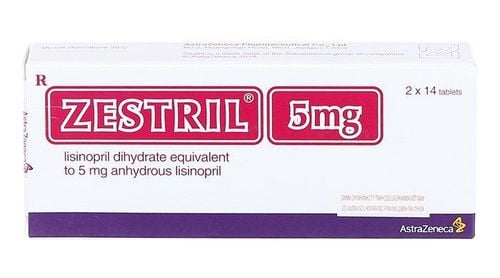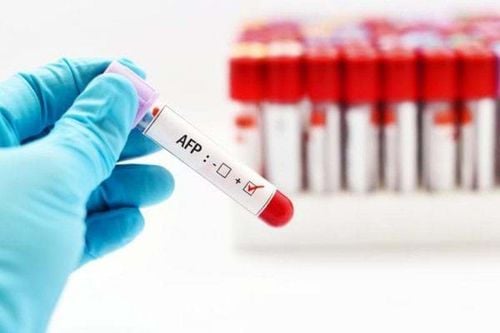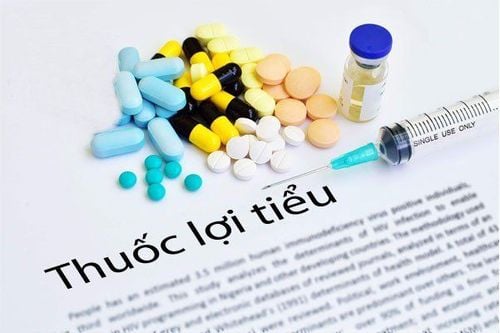This is an automatically translated article.
The BUN test provides important information to assist in assessing the functioning of the liver and kidneys in the body. If the unit mg/dl is used, it is necessary to distinguish between the two concepts of Urea and BUN to avoid misinterpreting the results.
1. What is the BUN test?
BUN stands for Blood Urea Nitrogen, which means the amount of nitrogen present in urea. Some places also call BUN test by the name blood urea test. However, it is important to make a distinction that the BUN test only measures the amount of nitrogen present in urea (urea nitrogen) and not the entire urea molecule in the blood.
The body produces and excretes urea nitrogen by the following mechanism:
The liver produces ammonia, which contains nitrogen; Nitro combines with other elements, such as carbon, hydrogen and oxygen; A chemical waste produced is urea; Urea travels through the bloodstream from the liver to the kidneys; The kidneys perform the function of removing urea and other waste products from the blood; These waste products are excreted from the body through urine.
Meaning of the BUN test will show whether the blood urea nitrogen level is normal or abnormal. If urea nitrogen levels are too high or too low, it can be a sign of kidney or liver problems, as well as a number of other health conditions.
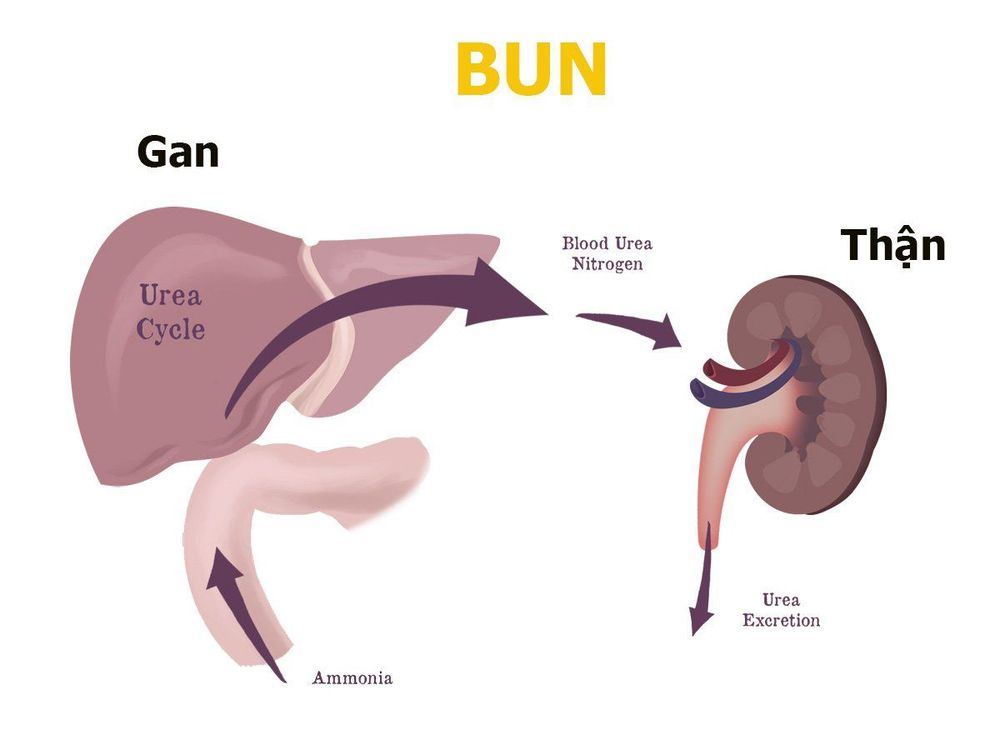
Cơ chế sản xuất BUN
2. How to calculate BUN from urea
BUN testing is commonly conducted in a few countries such as the United States, Mexico, Austria and Germany. The rest of the countries often use urea testing, not BUN quantification, including Vietnam.
If the unit mmol/l is used, then Urea = BUN, so it will not lead to incorrect judgment. On the other hand, BUN and urea when quantified in mg/dl will give different figures. Therefore, medical staff as well as patients need to know how to calculate BUN from urea (and vice versa) to understand the meaning of BUN test and the indicators included in the results sheet.
The specific conversion formula between BUN and urea is:
Urea (mg/dl) = BUN (mg/dl) × 2.14 Urea (mmol/l) = BUN (mmol/l) BUN (mmol/l) = BUN (mg/dl) × 0.3571
3. Procedure for conducting BUN . test
3.1. Indications BUN test is usually ordered by the doctor in the following cases:Suspected kidney damage as well as all kidney diseases; Renal function should be assessed; To determine the effectiveness of dialysis treatment in patients undergoing hemodialysis or peritoneal dialysis. To most accurately evaluate the kidney's function of eliminating waste from the blood, doctors often order a blood sample to measure the estimated glomerular filtration rate (eGFR).
In addition, an abnormal BUN test result is not sufficient to confirm any condition, but it is part of a blood test that helps diagnose some other diseases, such as:
Lesions liver; Urinary tract obstruction; Congestive heart failure ; Gastrointestinal bleeding.
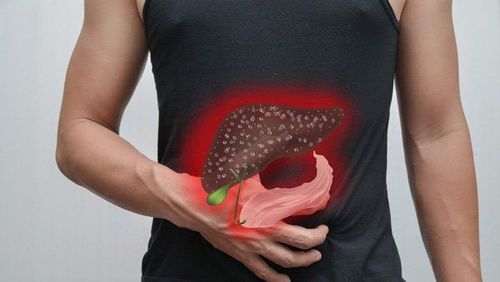
Xét nghiệm BUN giúp chẩn đoán bệnh lý gan
In people at high risk of kidney disease, when performing blood tests to measure urea nitrogen levels, doctors may also check creatine levels. Creatine is a chemical that is degraded by muscle metabolism and transported to the kidneys via the bloodstream. So high creatine levels can also be a warning sign of kidney damage.
3.2. Preparation If the test blood sample is only used to determine urea nitrogen levels, the patient can still eat and drink normally (avoid excessive protein intake) prior to the BUN test. However, in case the blood sample is also used for other additional tests, the doctor will give detailed instructions on what to prepare and avoid in advance.
3.3. Steps The patient will have blood drawn from a vein located on the inside of the elbow or the back of the hand. Then, the blood sample will be put into a tube of serum or plasma anticoagulant with Heparin, EDTA, ... and transferred to the laboratory for analysis. For urinalysis, samples will be collected within 24 hours. The person taking the test can return to normal activities immediately after.
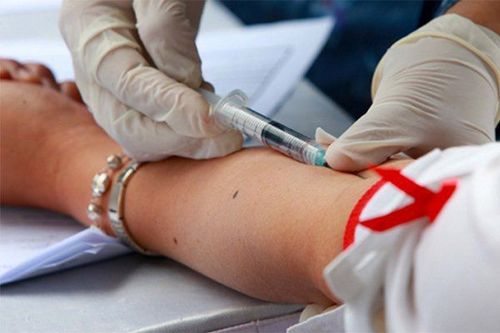
Xét nghiệm chỉ số BUN trong máu
4. Meaning of BUN . test
4.1. BUN is within the normal range The results of the BUN test can be measured in either mg/dL (in the US) or mmol/L (internationally). In general, the normal range of blood urea nitrogen values is:
For adult men: 8 - 24 mg/dL or 2.86 - 8.57 mmol/L; For adult women: 6 - 21 mg/dl or 2.14 - 7.50 mmol/L. However, the mean range will also vary depending on the reference used in laboratories. and the age of the person doing the test. Specifically, urea nitrogen levels tend to increase with age, so this index in children will be lower than the normal value.
4.2. Increased BUN As mentioned, high levels of urea nitrogen are a sign that the kidneys are not working properly. Especially if the result is above 50 mg / dL (17.85 mmol / L), it can warn of the risk of kidney diseases such as:
Acute glomerulonephritis; Acute pyelonephritis; Acute tubular necrosis; CKD ;
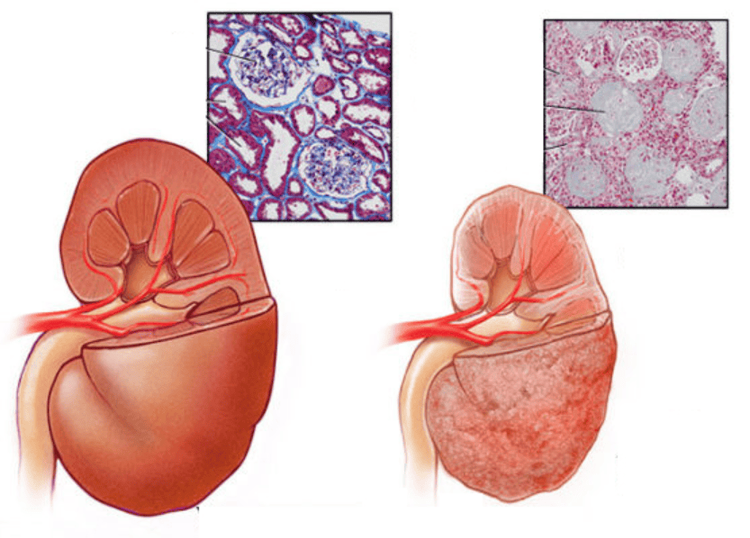
Bệnh lý suy thận có thể gây tăng chỉ số BUN
However, the increased BUN index is also likely to originate from many other causes such as:
Urinary tract obstruction due to tumors, stones and prostate enlargement; Congestive heart failure; Recent myocardial infarction; Stomach bleeding; Dehydration due to not drinking enough or for other reasons; Shock (stun); Severe burns causing hypovolemia; Increased protein metabolism, possibly due to hunger; High protein diet increases protein intake; Certain medications, such as: Corticosteroids and some classes of antibiotics.
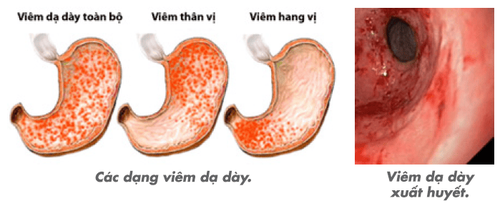
Xuất huyết dạ dày có thể gây tăng chỉ số BUN
4.3. Lower-than-normal BUN Test results lower than normal blood urea nitrogen can be a sign of liver damage or caused by diet. Specifically:
Liver failure; Diet lacking in protein; Malnutrition ; Over-hydrate, eat a lot of carbohydrates. Based on the detailed condition of each patient, the doctor will order a few other blood or urine tests in addition to the BUN test. This helps diagnose abnormal kidney or liver problems, thereby providing an appropriate and timely treatment plan.
Recommended video:
Periodic health check at Vinmec: Protect yourself before it's too late!
MORE:
What tests should be done to assess kidney function How is acute renal failure diagnosed and treated? The role of urea determination in blood and urine




